Subscribe to our ▶️ YouTube channel 🔴 for the latest videos, updates, and tips.
Units for The Measurement of Capacity
We know that the two main units for the measurement of capacity are liter and milliliter. In short liter is written as 'ℓ' and milliliter as 'mℓ'.
As for measuring mass we have made several measures to weigh the
different masses as 1kg, 500g, 250g, 200g, etc. Similarly, for measuring
different capacities there are several different shaped liter-measures
and milliliter measures.
There are different types of shaped vessels having one liter capacity
and there are some measures greater than 1 liter capacity are 2 ℓ, 5 ℓ
and 10 ℓ.
There are some small measures in ml to measure small quantities of liquid. Some such measures are 500 mℓ, 200 mℓ and 100 mℓ.
In the market and at home we may see some vessels of 10 liters and 15 liters capacity in cylindrical or cuboid shapes. There are different types of drums having 100 liters capacity.
We know that 1 litre = 1000 milliliters (1 ℓ = 1000 mℓ)
So, 500 mℓ = 1/2 of a litre
250 mℓ = 1/4 of a litre
200 mℓ = 1/5 of a litre
100 mℓ = 1/10 of a litre
If we have to measure 300 mℓ of a liquid, we use the measures of 200 mℓ and 100 mℓ capacities. To measure 700 mℓ of a liquid, we use the measures of 500 mℓ and 200 mℓ.
We know that capacity is the amount of liquid which a container can hold. The basic units of measurement of capacity are liter (ℓ) and milliliter (mℓ). To measure smaller quantities of liquid, we use milliliter (mℓ) and to measure larger quantities we use liter (ℓ). We can convert ℓ to ml by multiplying the number of liters by 1000 and milliliters (mℓ) to liter (ℓ) by dividing the number of milliliters by 1000.
Units of Capacity
|
10 milliliters |
= |
1 centiliter (cℓ) |
|
10 centiliters (cℓ) |
= |
1 deciliter (dℓ) |
|
10 deciliter (dℓ) |
= |
1 liter (ℓ) |
|
10 liters (ℓ) |
= |
1 decalitre (daℓ) |
|
10 decaliters (daℓ) |
= |
1 hectoliter (hℓ) |
|
10 hectoliters (hℓ) |
= |
1 kiloliter (kℓ) |
1 liter is taken as the basic unit for measuring capacity.
|
1 kℓ |
= |
1000 ℓ |
|
1 haℓ |
= |
100 ℓ |
|
1 daℓ |
= |
10 ℓ |
|
1 cℓ |
= |
1100 ℓ |
|
1 mℓ |
= |
11000 ℓ |
Remember:
|
1000 mℓ |
= |
1 ℓ |
|
250 mℓ |
= |
14 ℓ |
|
500 mℓ |
= |
12 ℓ |
|
3250 mℓ |
= |
314 ℓ |
|
6500 mℓ |
= |
612 ℓ |
|
7500 mℓ |
= |
712 ℓ |
Worksheet on Units for The Measurement of Capacity:
I. Choose the most appropriate measure:
1. Milk in a glass.
(i) Less than 1 ℓ
(ii) About 1 ℓ
(iii) More than 1 ℓ
2. Water in swimming pool.
(i) Less than 1000 ℓ
(ii) About 1000 ℓ
(iii) More than 1000 ℓ
3. Water in a bottle.
(i) 1000 mℓ
(ii) 100 mℓ
(iii) 10 mℓ
4. Tea in a cup.
(i) About 500 mℓ
(ii) About 250 mℓ
(iii) About 25 mℓ
5. Amount of petrol in a petrol truck.
(i) 1200 ℓ
(ii) 1200 mℓ
(iii) 12 ℓ
6. Water in a bucket.
(i) 5 ℓ
(ii) 100 ℓ
(iii) 100 mℓ
7. Amount of medicine in a tea spoon.
(i) 10 ℓ
(ii) 10 mℓ
(iii) 100 mℓ
8. Amount of water in 1 small ice cube.
(i) 20 ℓ
(ii) 1 ℓ
(iii) 50 mℓ
9. Quantity of water in a water tank.
(i) 100 mℓ
(ii) 10 ℓ
(iii) 100 ℓ
Answers:
I. 1. (i) Less than 1 ℓ
2. (iii) More than 1000 ℓ
3. (i) 1000 mℓ
4. (ii) About 250 mℓ
5. (i) 1200 ℓ
6. (i) 5 ℓ
7. (ii) 10 mℓ
8. (iii) 50 mℓ
9. (iii) 100 ℓ
II. Choose the right answer:
1. 5 ℓ 8 mℓ is equal to
(i) 58 mℓ
(ii) 508 mℓ
(iii) 5008 mℓ
2. 8 ℓ is equal to
(i) 800 mℓ
(ii) 8000 mℓ
(iii) 80000 mℓ
3. 13425 ml is equal to
(i) 13 ℓ 425 mℓ
(ii) 1 ℓ 3425 mℓ
(iii) 134 ℓ 25 mℓ
4. 50 l is equal to
(i) 5000 mℓ
(ii) 50000 mℓ
(iii) 500 mℓ
5. 3 ℓ 68 mℓ is equal to
(i) 368 mℓ
(ii) 3680 mℓ
(iii) 3068 mℓ
6. 7 ℓ 5 mℓ is equal to
(i) 7005 mℓ
(ii) 7050 mℓ
(iii) 7500 mℓ
Answers:
II. 1. (iii) 5008 mℓ
2. (ii) 8000 mℓ
3. (i) 13 ℓ 425 mℓ
4. (ii) 50000 mℓ
5. (iii) 3068 mℓ
6. (i) 7005 mℓ
III. Convert the following:
(i) 6 ℓ = ……………… mℓ
(ii) 4800 mℓ = ……………… ℓ
(iii) 24 ℓ = ……………… mℓ
(iv) 9070 mℓ = ……………… ℓ ……………… mℓ
(v) 8000 mℓ = ……………… ℓ
(vi) 1098 mℓ = ……………… ℓ ……………… mℓ
(vii) 32000 mℓ = ……………… ℓ
(viii) 2177 mℓ = ……………… ℓ ……………… mℓ
Answers:
III. (i) 6000 mℓ
(ii) 4 ℓ 800 mℓ
(iii) 24000 mℓ
(iv) 9 ℓ 70 mℓ
(v) 8 ℓ
(vi) 1 ℓ 98 mℓ
(vii) 32 ℓ
(viii) 2 ℓ 177 mℓ
IV. Answer the following:
(i) The petrol tank of a car has a capacity of 45 liters. The capacity in milliliters is ………………
(ii) A jar has a capacity of 208000 mℓ. The capacity in liters is ………………
(iii) Sam used 3000 mℓ of milk to make a kheer. The milk used in liters is ………………
(iv) David has a bottle which contains 2 ℓ 500 mℓ of drinking water. The amount of water in the bottle in milliliters is ………………
Answers:
IV. (i) 45000 milliliters
(ii) 208 liters
(iii) 3 liters
(iv) 2500 milliliters
V. Fill in the blanks with the most suitable unit (mℓ or ℓ).
(i) Water in swimming pool
(ii) Eye drop (medicine)
(iii) Tea in a cup
(iv) Petrol in a car
(v) Water in a bucket
(vi) Juice that can be taken out of 1 lemon
Answers:
V. (i) ℓ
(ii) mℓ
(iii) mℓ
(iv) ℓ
(v) ℓ
(vi) mℓ
VI. What is the basic unit of capacity?
Answer:
VI. The basic unit of capacity is liter (ℓ).
We use milliliters to measure small quantities and kiloliters to measure large quantities.
VII. Dose liquid have a shape?
Answer:
VII. Liquid do not have a fixed shape. They take the shape of the container.
Related Concepts
● To Measure the Length of a Line-segment
● Examples on Unit of Mass or Weight
● Units for The Measurement of Capacity
● Examples on Measurement of Capacity
● Antemeridian (a.m.) or Postmeridian (p.m.)
● Calendar
● Reading and Interpreting a Calendar
From Units for The Measurement of Capacity to HOME PAGE
Didn't find what you were looking for? Or want to know more information about Math Only Math. Use this Google Search to find what you need.
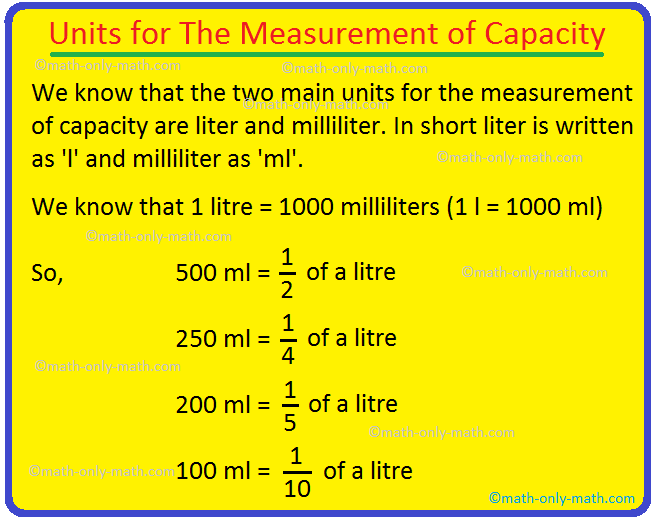

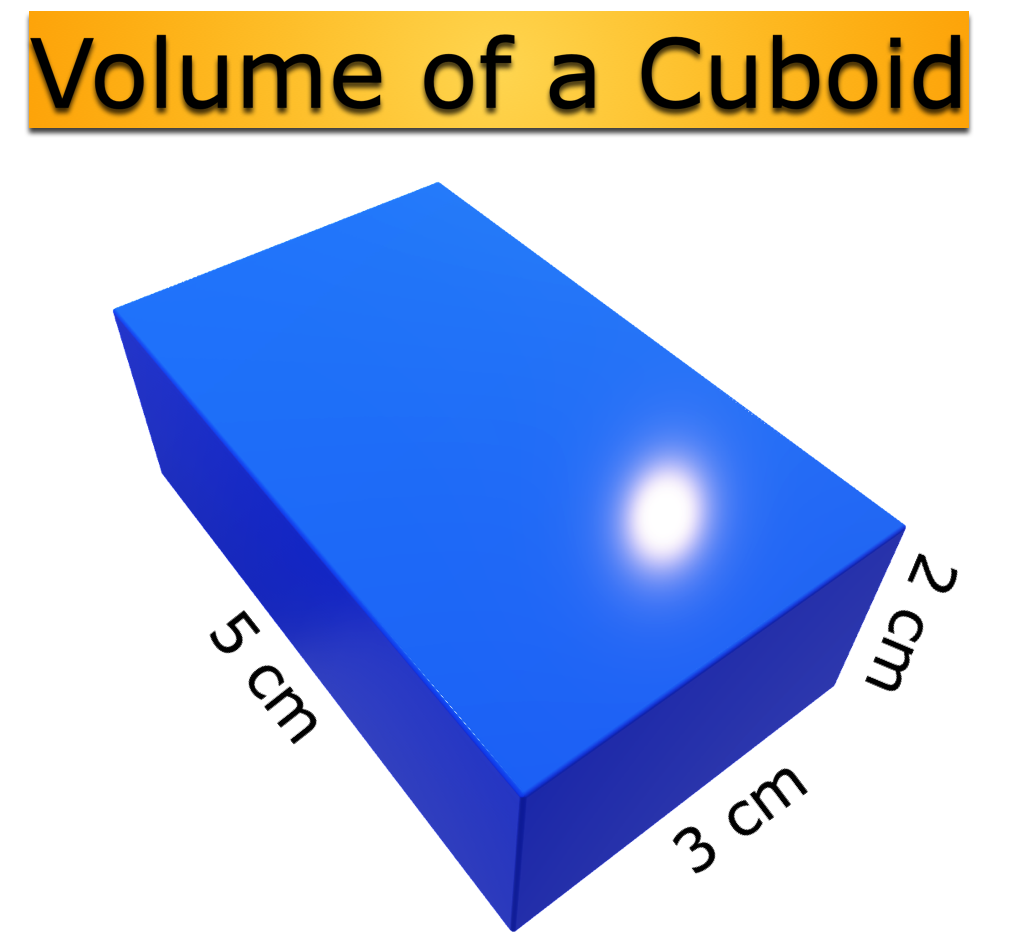
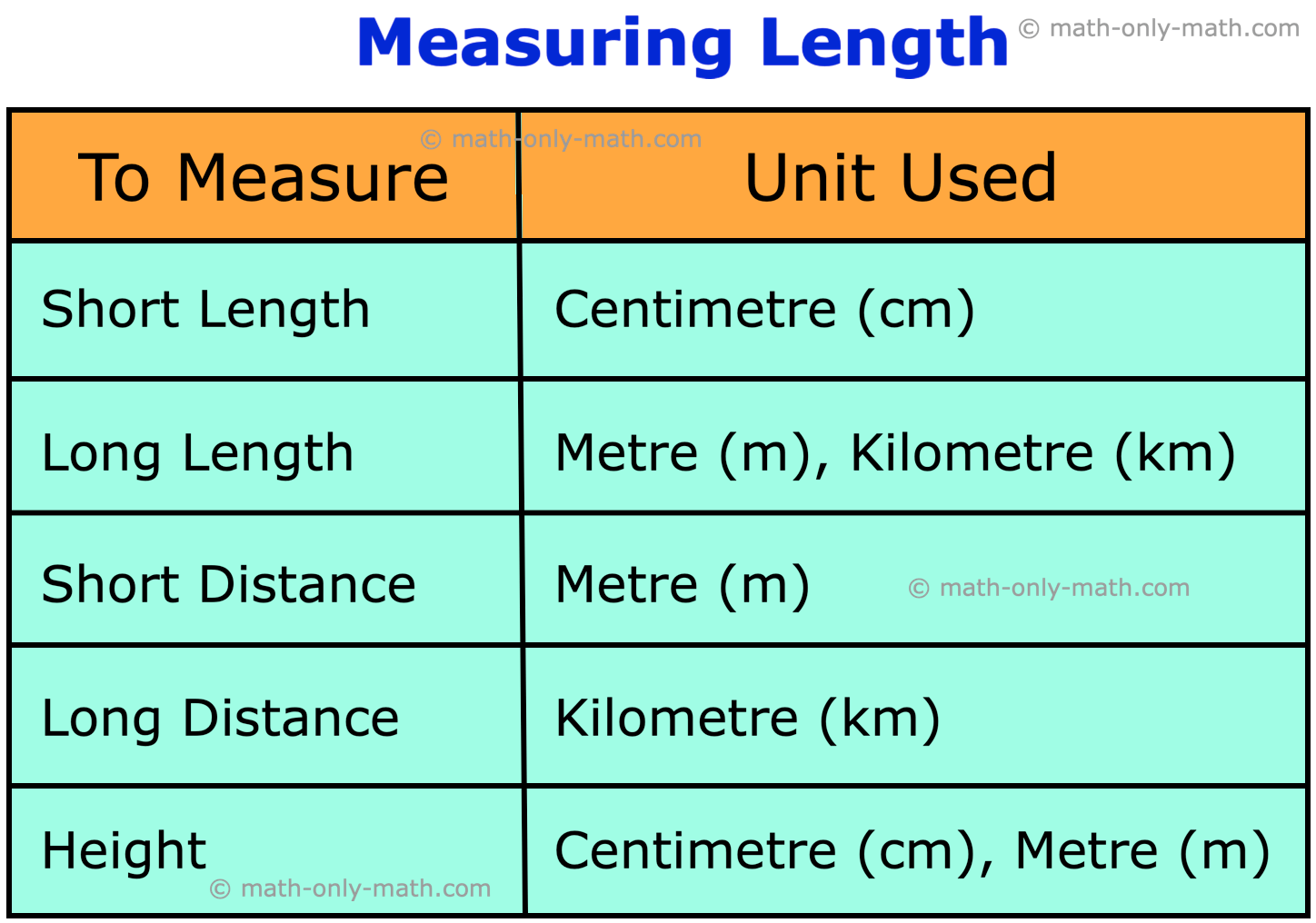
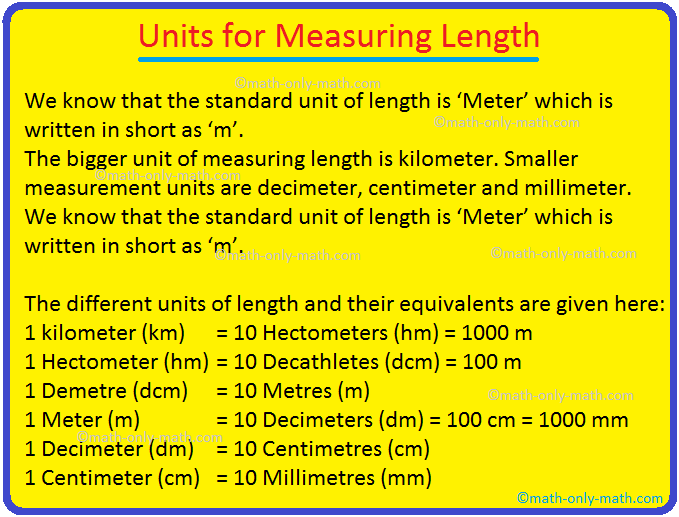
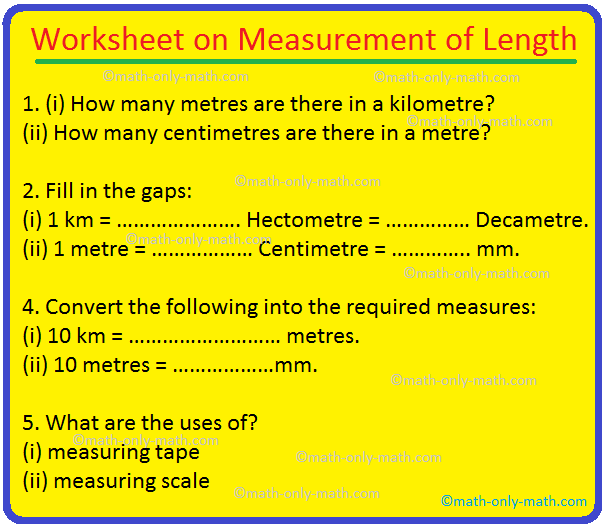
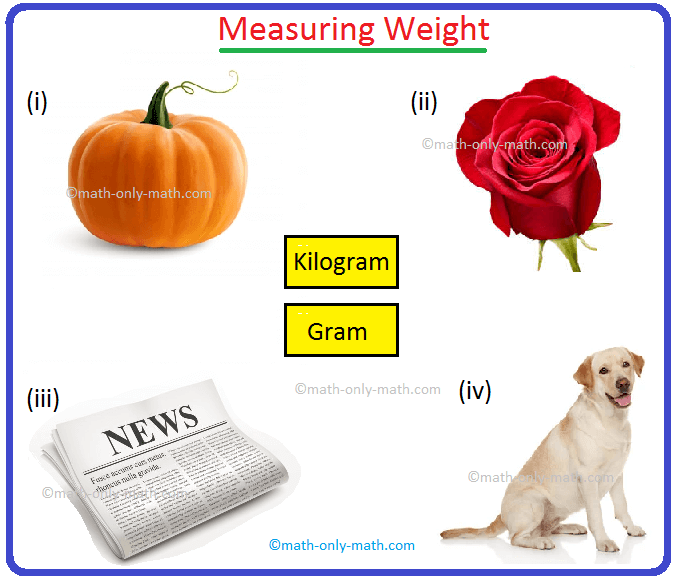





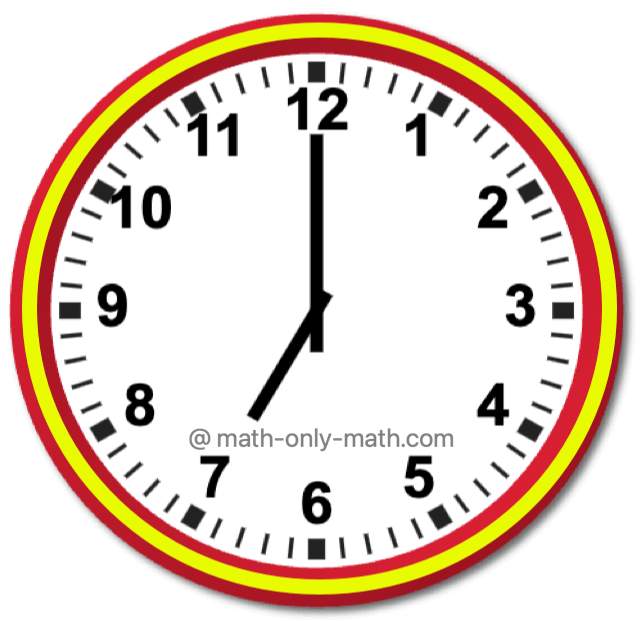
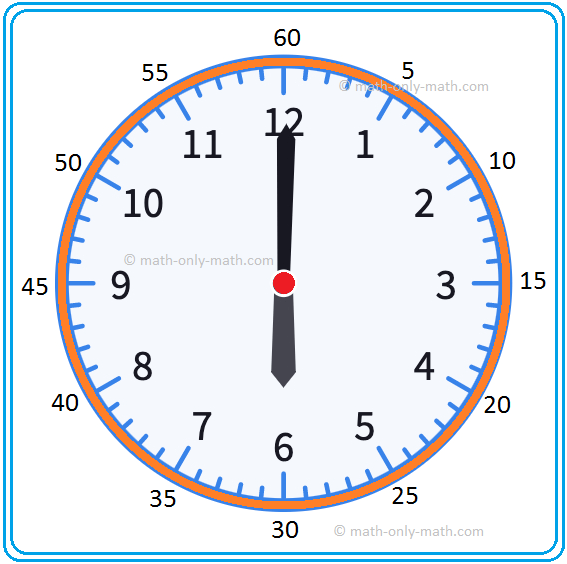




New! Comments
Have your say about what you just read! Leave me a comment in the box below. Ask a Question or Answer a Question.